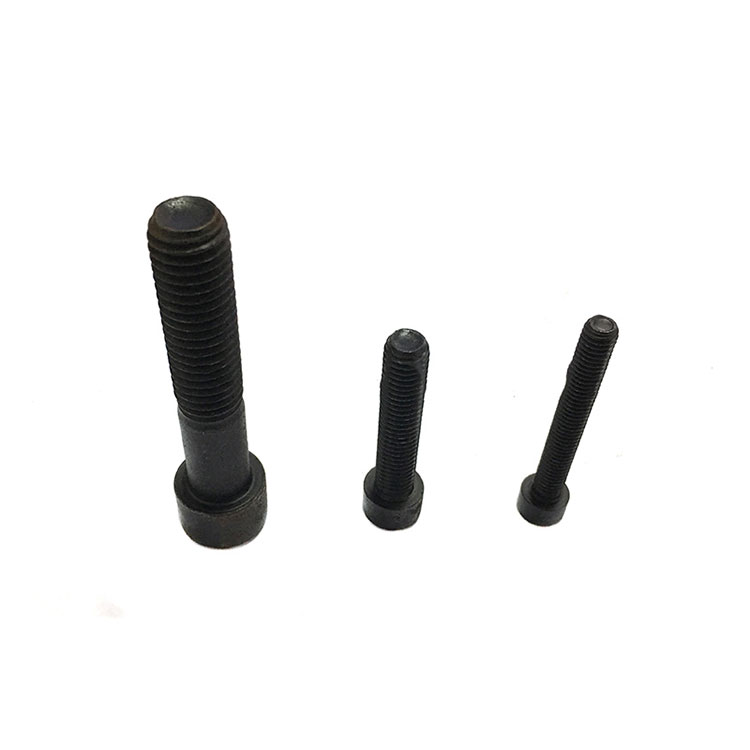Unraveling the Alloyed Strength: Differences Between Alloy Steel Bolts and Carbon Steel Bolts
2023-12-07
Introduction:
Bolts are the unsung heroes holding together the intricate fabric of structures and machinery. Within the realm of fasteners, both alloy steel bolts and carbon steel bolts play vital roles, each with its unique set of characteristics. In this exploration, we delve into the differences that set alloy steel bolts apart from their carbon steel counterparts, shedding light on the alloyed strength that makes them distinctive in various applications.
1. Composition Differences:
Carbon Steel Bolts:
Carbon steel bolts are primarily composed of iron and carbon, with carbon being the key element that enhances their strength. While carbon steel may contain other trace elements, the alloy's defining characteristic is the proportion of carbon in the overall composition. Carbon steel bolts are classified into low carbon, medium carbon, high carbon, and alloy steel categories based on the carbon content.
Alloy Steel Bolts:
Alloy steel bolts, on the other hand, are crafted from a combination of iron and various alloying elements. These alloying elements may include chromium, molybdenum, nickel, vanadium, or manganese, among others. The addition of these elements imparts specific properties to the alloy, such as increased strength, hardness, and resistance to wear and corrosion.
2. Differences in Strength and Hardness:
Carbon Steel Bolts:
Carbon steel bolts exhibit good strength, but their strength is largely derived from the carbon content. They are generally not as hard as alloy steel bolts and may be more prone to wear under certain conditions. The strength of carbon steel bolts is influenced by the heat treatment process during manufacturing.
Alloy Steel Bolts:
Alloy steel bolts boast higher strength and hardness compared to carbon steel bolts. The alloying elements contribute to enhanced mechanical properties, making alloy steel bolts particularly suitable for applications requiring superior strength, durability, and resistance to wear.
3. Differences in Performance Under Stress:
Carbon Steel Bolts:
Carbon steel bolts perform well under moderate loads and are suitable for applications where high strength is not a critical requirement. They are commonly used in general-purpose fastening applications and structures where the emphasis is on cost-effectiveness.
Alloy Steel Bolts:
Alloy steel bolts excel under heavy loads and in applications demanding high strength. The alloying elements reinforce the bolt's ability to withstand stress, making them ideal for critical applications in industries such as aerospace, automotive, and construction.
4. Differences in Corrosion Resistance:
Carbon Steel Bolts:
Carbon steel bolts are susceptible to corrosion, especially in environments with high moisture or exposure to corrosive substances. Their resistance to corrosion is generally lower than that of alloy steel bolts.
Alloy Steel Bolts:
Alloy steel bolts, depending on the specific alloying elements used, can exhibit improved corrosion resistance. For example, stainless steel bolts, which are a type of alloy steel, are known for their excellent corrosion resistance due to the addition of chromium.
Conclusion:
In the tapestry of fasteners, both alloy steel bolts and carbon steel bolts weave their strengths into the fabric of diverse applications. While carbon steel bolts offer cost-effective solutions for general purposes, alloy steel bolts, with their alloyed strength, are the go-to choice for applications demanding superior mechanical properties. Understanding the differences between these two types of bolts enables engineers and manufacturers to make informed decisions, selecting the right fasteners to meet the specific requirements of their projects.



